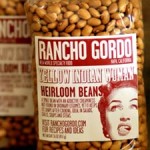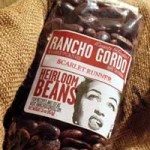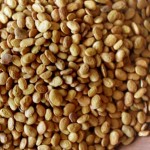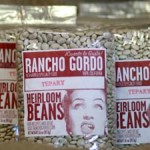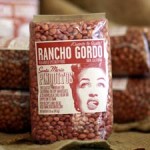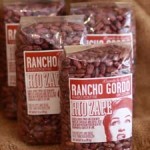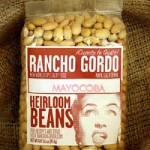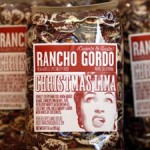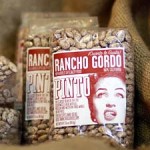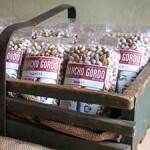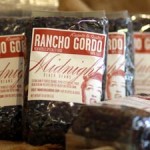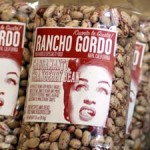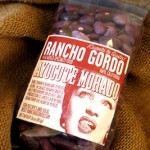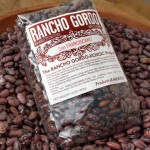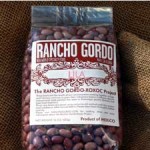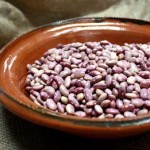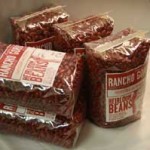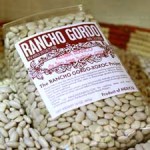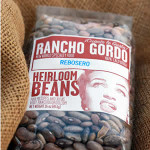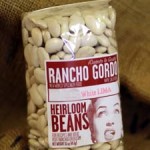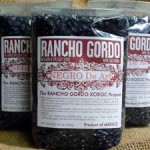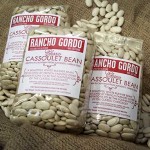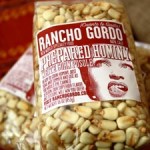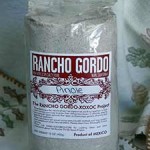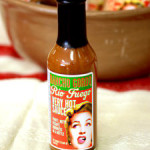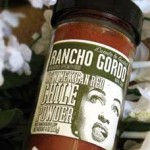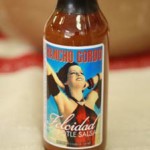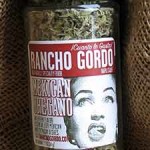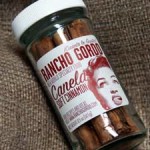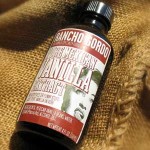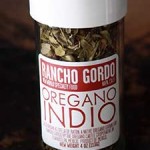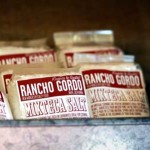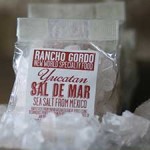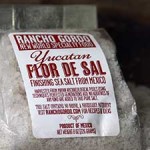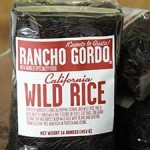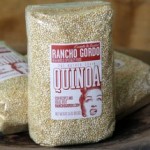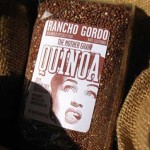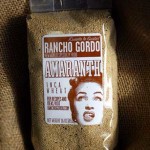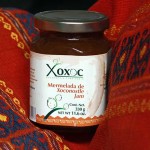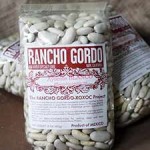 Sometimes these are referred to as Alubia (or Alubia Criollo), which isn’t a very precise word in Spanish. I tend to think of smallish white beans, but here it refers to a medium-sized runner bean. And like our elusive Runner Cannellini, it’s has a rich, potato flavor and creamy, over-the-moon texture.
Sometimes these are referred to as Alubia (or Alubia Criollo), which isn’t a very precise word in Spanish. I tend to think of smallish white beans, but here it refers to a medium-sized runner bean. And like our elusive Runner Cannellini, it’s has a rich, potato flavor and creamy, over-the-moon texture.
Because it’s a runner bean (Phaselous coccineus), it can hold its own with some rough cooking, so go ahead and use them in cassoulet or salads. They won’t fall apart easily and yet they’re soft and creamy.
You can use Ayocote Blanco beans in almost any European dish, from pasta fazool to white beans and clams (with bacon or chorizo). They’d be my first choice for cassoulet but a simple dish with roasted heirloom tomatoes and garlic sounds pretty swell to me.
If you’re passionate about Mexican food, try them in an ancho chile sauce as a side dish, or as another ingredient in a pipian verde.
Other suggestions: salads, soups, stews, chilis.
THE RANCHO GORDO-XOXOC PROJECT
These beans are the results of our two companies working together to help small farmers continue to grow their indigenous beans in Mexico, despite international trade policies that seem to discourage genetic diversity and local food traditions.
These rare beans are grown using centuries-old methods and may contain small pebbles or other natural debris. Please clean them thoroughly before cooking!
Product of Mexico. These regional beans were grown by small farmers in the state of Hidalgo under the supervision of the Rancho Gordo-Xoxox Project.
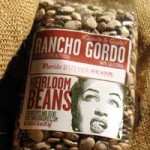 This heirloom baby lima is also known as Calico Pole. Its small size and delicious flavor make it an obvious ingredient in a minestrone or mixed vegetable soup, but it also stands out as a delicious side dish.
This heirloom baby lima is also known as Calico Pole. Its small size and delicious flavor make it an obvious ingredient in a minestrone or mixed vegetable soup, but it also stands out as a delicious side dish.